Photo by Samantha Gades on Unsplash
One of my goals for 2025 is to not buy any clothes, new or used. I have only two exceptions: underwear as needed and during my travels I can get souvenir clothing or accessories from a distant country or culture. This is one of my travel habits that I don’t want to give up.
To achieve this goal, I have been preparing quite for some time. The last two years I have only invested in the things I really need. For example, a good coat, good boots and some basic clothes that are easy to combine with others. I also bought everything I need for my hobbies: hiking shoes, good running shoes, swimming goggles, cycling shorts and such. I think that, for the whole next year, I will not have any need that will fill my closet even more.
Although I try to only buy essentials, I often end up with dresses, skirts or other items that I never use. Not to mention the accessories, especially the earrings, some of which are single. Most of the rings are broken and some necklaces are not my style at all, so I never use them. For this reason not only I have enough, I actually have more than I need. Meanwhile, I realized that in order to achieve my goal, I had to remove everything that was simply cluttering my space.
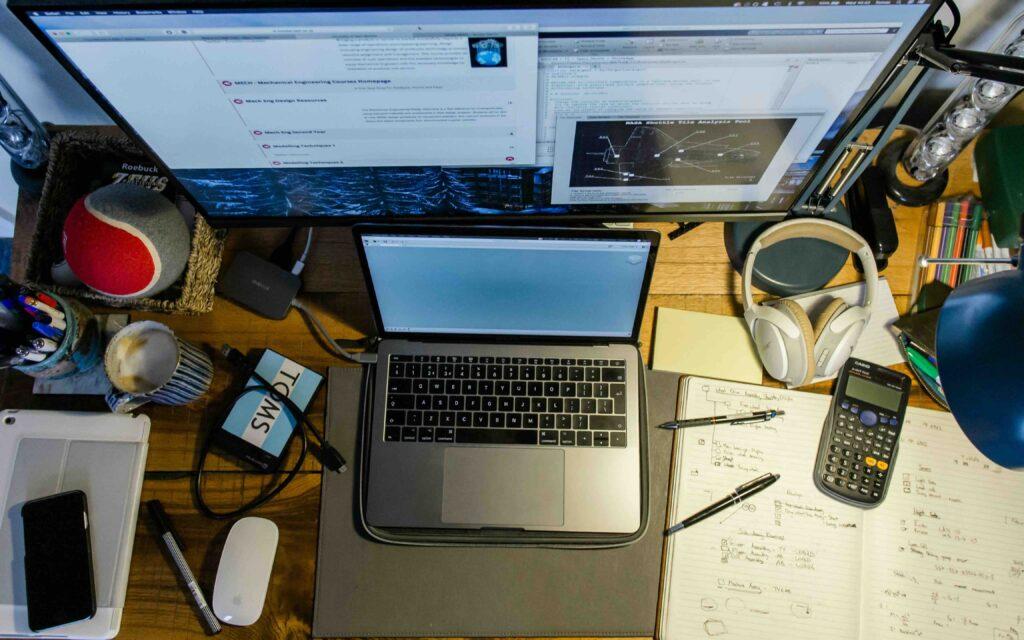
Here’s why this arrangement will help me to not buy more clothes during 2025:
1. Tidiness reduces distraction
Extra stuff creates clutter even when organized, keeping me constantly distracted. I feel like I always have to tidy up because clutter builds up quickly, especially in small spaces.
2. Space limitation
On the other hand, we have to take into account the available space. We cannot use every square centimeter of a room. To feel the comfort at home, it is necessary to minimize the items that only take up space.
3. Understanding needs
When you have a lot of things, you often forget what you actually have, putting them aside and not putting them into daily use. This just creates even more clutter and confusion. A real selection is necessary.
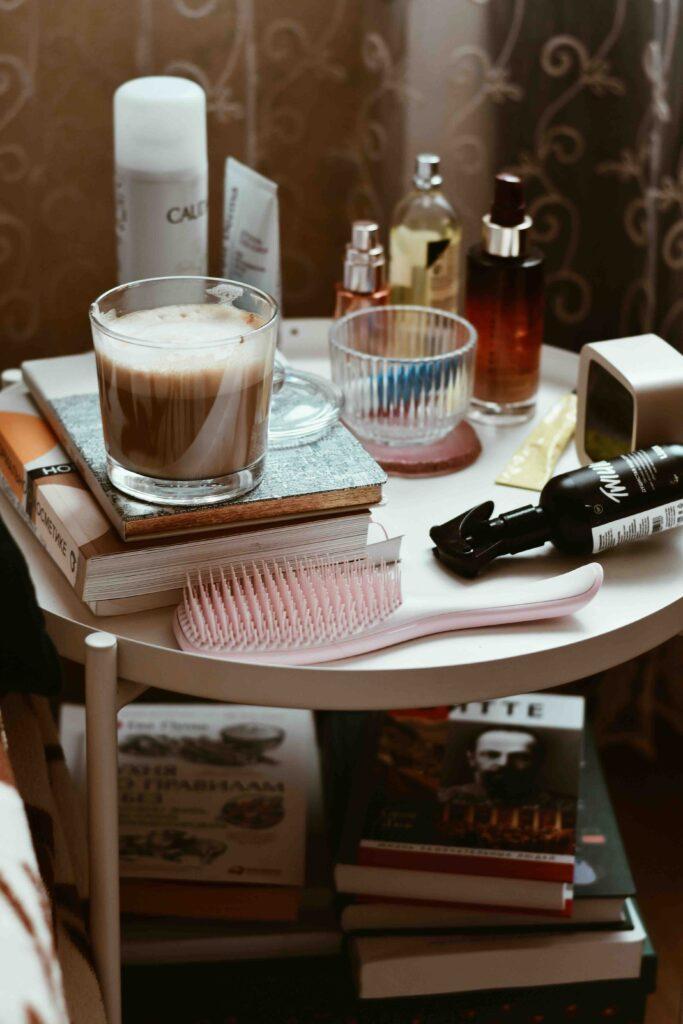

Steps I followed to free up my space:
1. Inspiration from YouTube
I started with videos on decluttering, organizing and arranging space. Pinterest may also work for you. My favorite YouTuber for this purpose is Christine Mychas, who takes a “minimalist-ish” approach. It follows the main principles of minimalism, without being radical in terms of things we should keep and may serve us at some point in the future. It also sees decluttering and organizing as a positive process, where we give value to all the things we decide to keep. This way of thinking really gave me the motivation to dive in the work. I focused on the importance of all the things I decided to keep, rather than purging the junk.
2. Garbage removal
As was the case with the rings, I threw away all clothing, accessories and other things, which at this point were just junk. Most of them were objects left to be fixed one day that never came. That was an indication that these things were not necessary for me, otherwise I would have fixed them long ago.
3. Selection based on use and need
I only kept things I like and use often. I also removed outfits that might be good or nice, but require additional items to wear. At this point, trust me it’s not worth buying more clothes just to match something you shouldn’t have bought at all.
4. Sentimental objects
Some things that have sentimental value and I no longer use, I decided to keep. I’m kind of a hoarder, who is trying to change behavior by reducing consumption, freeing up space and tidy my space. However, on the other hand I am a nostalgic person and some things remind me of different moments in my life that I want to keep. I put all these objects from the nostalgia category in a box and removed them from the dresser or closet where I keep everyday things. Thus, they will not become object of clutter and distraction.
5. The “just in case” category 😀
For me, this includes things that can be used for rare occasions like Halloween or festivals. These things, although they may be small accessories, are numerous and surprisingly they add up fast. This category should be monitored and cleaned regularly to avoid accumulation. Don’t get me wrong, some things really should be saved for an occasion, like that evening dress you haven’t worn enough. I didn’t want to remove everything, only to buy it again after some time, for the sake of decluttering.

6. Sale estimation
Something else that helped me sort through what to keep and what not was this line of thought: What are the things I could sell in a pop-up shop. Suddenly, taking into account freeing up space and other advantages, as well as the possibility of making some money, many objects were no longer that interesting to keep. Often times the clothes we donate to humanitarian centers end up in landfills. This is another reason to think twice when we buy a product, as well as when we no longer need it. So trying to sell them to someone who really wants them is better than just generating waste. I managed to set aside for sale about 30% of my clothing and other objects. In this way, I created space and avoided waste, offering value for someone else.
7. A place for each thing
For all the clothes and things I decided to keep, this other rule helped me: Everything should have its place. When every object has its designated place, it’s very easy to create good habits, easily placing them in their designated place after each use. Consider which clothing items should be hung, folded, put in a drawer, etc. Since I also have a lot of running & bike outfits, I mostly need lots of compartments. Now each category of clothes has its own compartment. This makes it easier to: find them; get inspiration what to wear each day; and keep tidy for a long time. To do this I had to buy a Hanging Closet Organizer. This created even more space in my closet for things that previously did not have a designated place, but were sitting somewhere in a corner of the room or hallway. By making place in the closet for these items, in my case it was bags, I freed up more space in the room and made it even more tidy. On the other hand, I did not use the new space to place other, unnecessary things.
8. Selling the extra things
I haven’t completed the last step yet, but I plan to complete it as soon as I get the chance. I’m trying to find a method to sell all the things I placed aside. I’m not aiming for big profits, rather than for these items to still be useful to someone else.
By committing to this goal, I believe I will be able to avoid any new purchases during 2025. In none of the past years have I had a goal of this nature. I hope this brings more comfort to my space and peace of mind. I will share the other goals for 2025 in a future article.


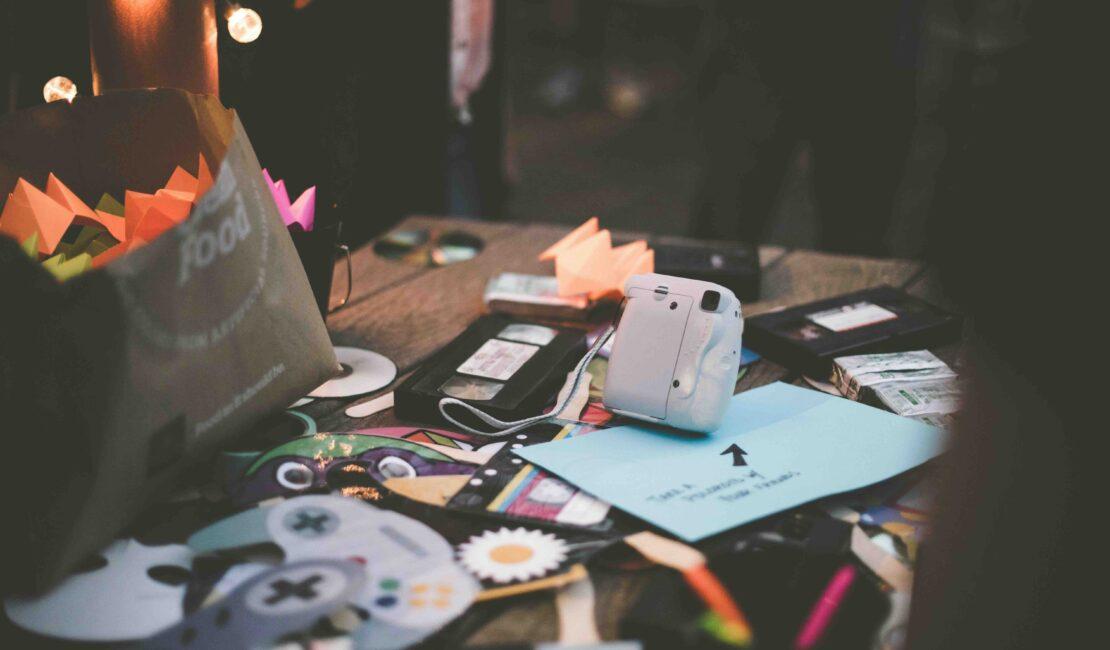
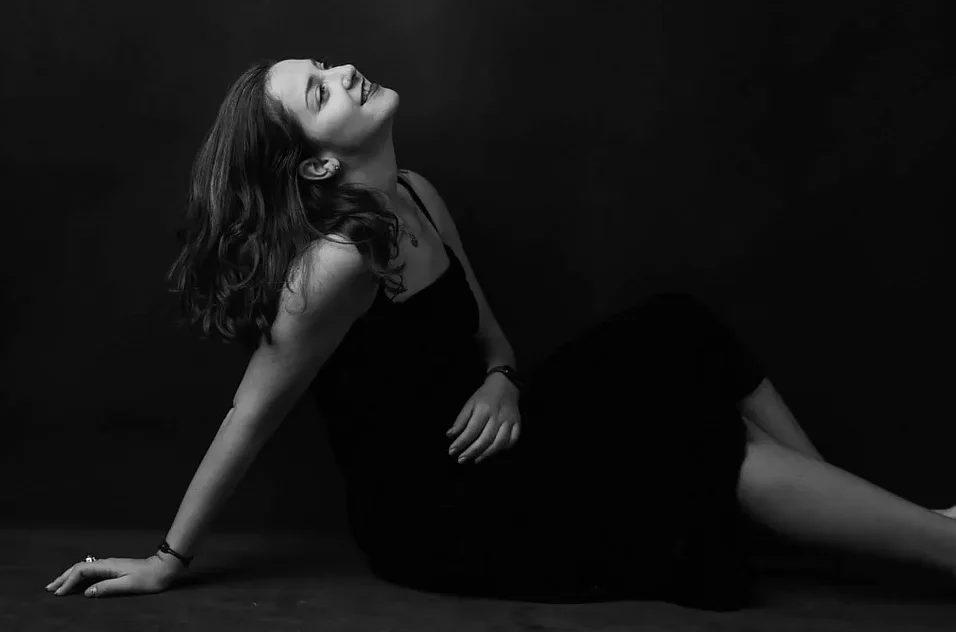



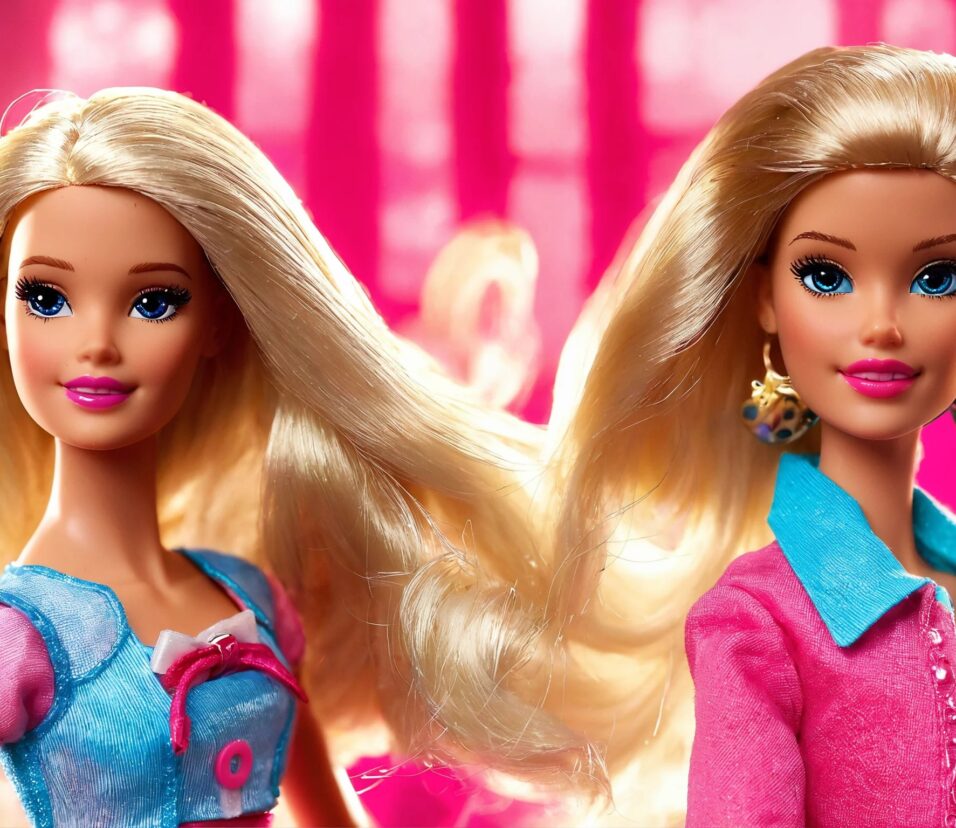
1 Comment